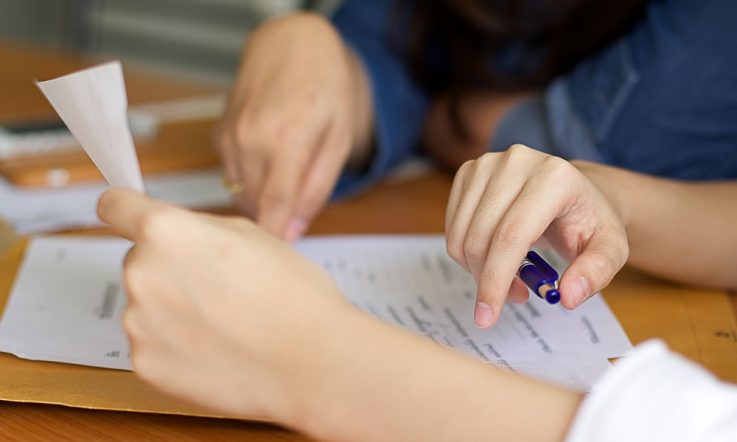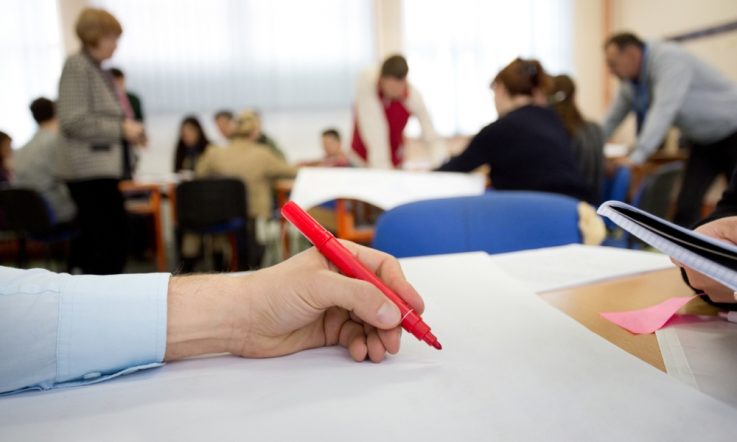It is known that effective staff collaboration – including through Professional Learning Teams and Professional Learning Communities – can help teachers improve their own practices and, ultimately, student outcomes. Over the next few weeks we'll be sharing how three schools in the Northern Territory are prioritising this way of working and the impact it is having on staff and students.
Empowering staff to take a collective responsibility for the outcomes of all students has been one of the positive results of Bradshaw Primary School's work with Professional Learning Communities (PLCs).
In the three years since it began prioritising collaborative practice, the P-6 school in Alice Springs has achieved significant growth in reading and social and emotional learning data for students, and teacher efficacy in Mathematics and writing practice.
Principal Penny Weily says the school implemented Collaborative Learning Teams as one component of its PLCs. ‘The research indicates that standalone professional learning has little impact, particularly if attendees do not act on their learning within the first week back in the classroom,' she explains.
Implementing Collaborative Learning Teams
The school runs Collaborative Learning Teams (CLTs) as well as PLCs – which go by the name Professional Learning Teams. Their CLTs are split into year level groupings, with the 26 teaching staff split into four teams: Preschool; Transition, Year 1 and Year 2; Years 2–4; and Years 4–6.
‘Each of these teams work through a Helen Timperley Spiral of Inquiry around a problem of practice utilising student work and data to inform their goal setting and progress. We have set up a meeting minutes pro forma with protocols that support teams to remain focused on the task at hand and gain the most from their time together.'
Team members meet for one hour to work on a decided goal. CLT meetings are prioritised in Term 2 and 3, with approximately 10 meetings taking place during this time. A final meeting is held in Term 4.
Professional Learning Teams (PLTs)
The school's PLTs are split into another four teams: Leadership Team, SWPBS (School-wide Positive Behaviour Support) Team, Curriculum Team (Mathematics and writing), and Support Staff Team.
The Leadership Team focuses on administrative and strategic improvements: ‘We try to ensure that meeting time focuses on improving the instructional practice of teachers and the learning experiences for students, and not on administrative trivia that can be addressed through digital communication or other less formal meeting times,' Weily explains.
Members of the SWPBS Team work to drive the positive learning environments within the school, Weily says, while the Curriculum Team discuss new initiatives, set goals and work to develop leadership capacity.
The Support Staff team meet each week for just under one hour to discuss their goals. ‘The support staff have identified areas of their practice throughout the school that they would like further development in … they have developed their abilities to support the teaching of writing, reading, maths, behaviour supports for students with additional needs, as well as their ability to support data collection.'
Ensuring effective collaboration
For any kind of PLC to be effective, Weily says having a shared vision among staff is crucial. ‘Creating that sense of urgency around how to grow our capacity through our collaborative work helped to develop this common belief. Ensuring members of the leadership team were also part of the CLTs has also played a major role.' She adds, when teachers were asked to provide feedback on the value of CLTs, the response was overwhelmingly positive.
It is also essential that PLCs are incorporated into the school culture, and aren't just by staff seen as an add-on program. To encourage this to be the case, the school has had staff timetables synced up to enable time for collaborative planning. ‘Teachers are timetabled off for release at least once per week,' Weily explains. ‘Whilst many teachers utilise this time regularly to discuss student achievement and to plan for the next learning steps, this is an area that will be strengthened in 2019.
‘Teachers provide feedback around the development of their practice and their willingness to be involved in observation cycles as it is clearly a process of support and growth, rather than one of judgement or performance management.'
Penny Weily says the implementation of CLTs has been an overwhelmingly positive professional learning program for staff. As a school leader, are you regularly seeking feedback from staff about their experience with professional learning? How does this inform your decisions when planning future professional learning approaches?
The Australian Council for Educational Research offers a customised service to schools giving a snapshot of where they stand in relation to the characteristics of a PLC. Click the link to find out more.



